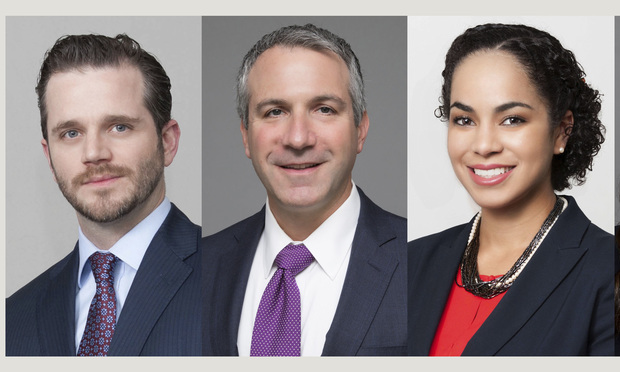As discussed in the first article of this series published on April 24, the COVID-19 stimulus packages are, by any measure, unprecedented in size. That is not to say they are unprecedented in need and purpose. As we noted in the first installment, in 2008—at the outset of the Great Recession—the federal government acted aggressively to stabilize an economy imploding because of the fallout from the collapse of the subprime mortgage market. To do so, Congress enacted the Emergency Economic Stabilization Act of 2008 (EESA). The EESA created the Trouble Asset Relief Program (TARP)—originally a $700 billion program—and, at that point, the largest stimulus package in American history. Through TARP, the U.S. government provided financial institutions substantial funds through various mechanisms that injected much-needed liquidity into the economy. Because the federal government was appropriately concerned about fraud associated with this massive injection of funds, it took great steps to provide oversight to deter criminal activity and ensure that those who fraudulently took advantage of the program were prosecuted. The efforts and enforcement structure that the federal government created to combat fraud under TARP is illustrative of the steps that it will likely take to combat fraud related to the CARES Act, and other legislation passed to lessen the economic tumult caused by the COVID-19 pandemic.
The Great Recession
By the fall of 2008, it was clear that the economy was in dire need of assistance. Lehman Brothers filed for bankruptcy. American International Group (AIG) sought a $40 billion bridge loan from the Federal Reserve Board to simply stay in business. Bank of America purchased Merrill Lynch for $50 billion. As each of these events unfolded, the stock market plummeted and investors began to fear the economic crisis would lead to paralysis in the markets and a potential run on the banks.


 (l-r) Terence M. Grugan, David L. Axelod and Emilia McKee Vassallo, of Ballard Spahr.
(l-r) Terence M. Grugan, David L. Axelod and Emilia McKee Vassallo, of Ballard Spahr.




